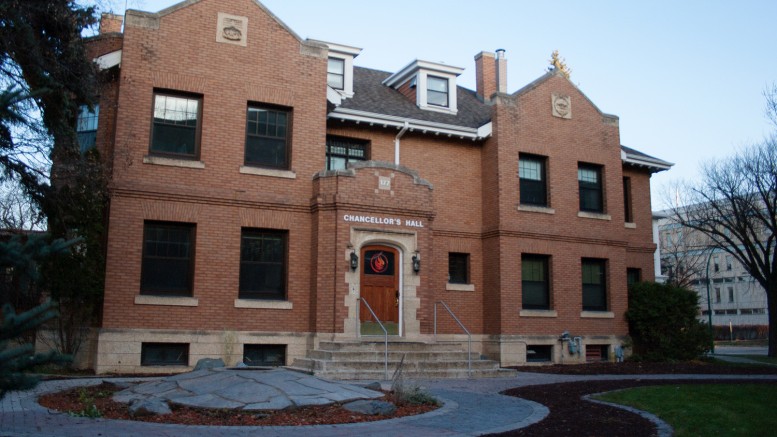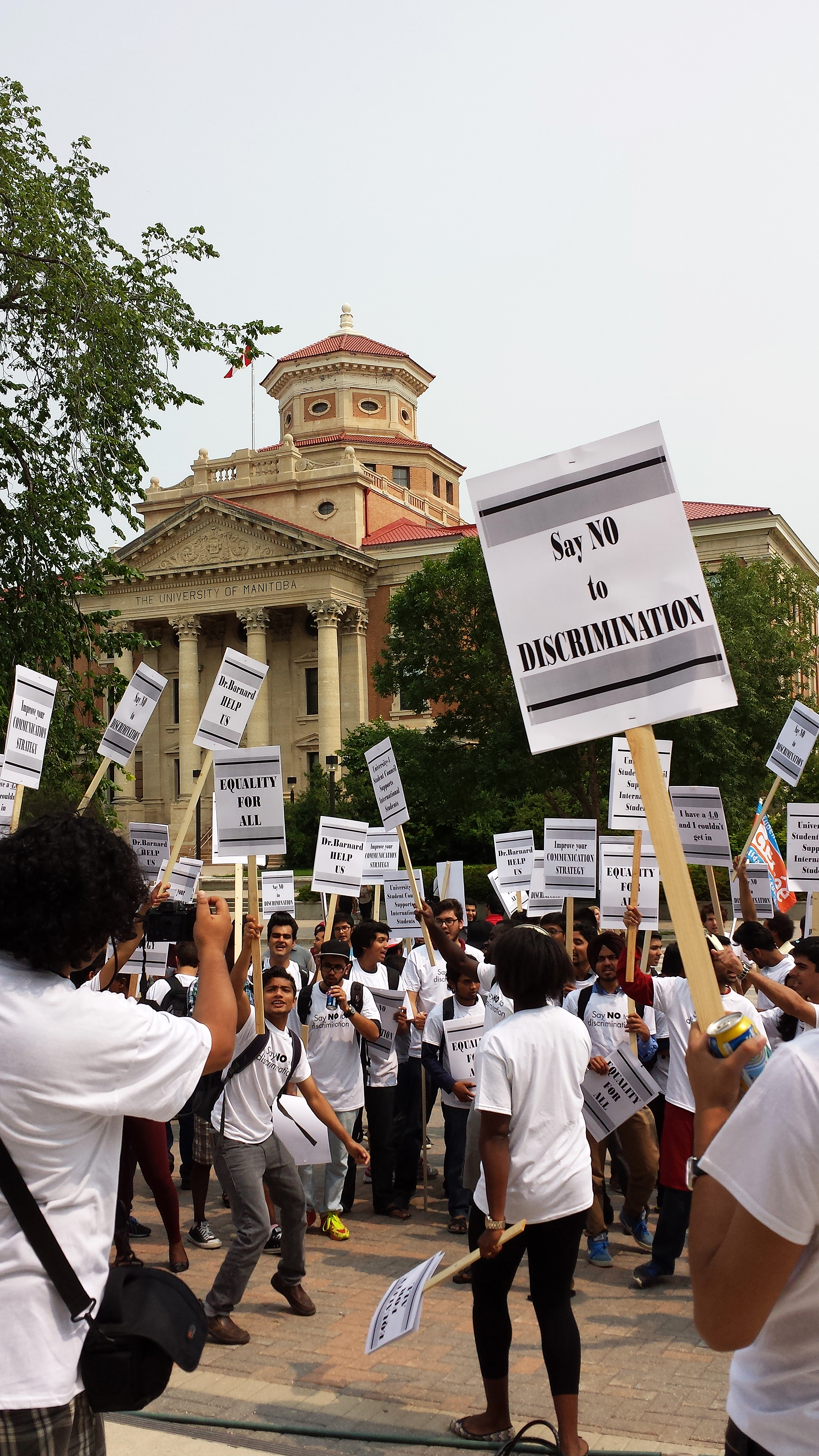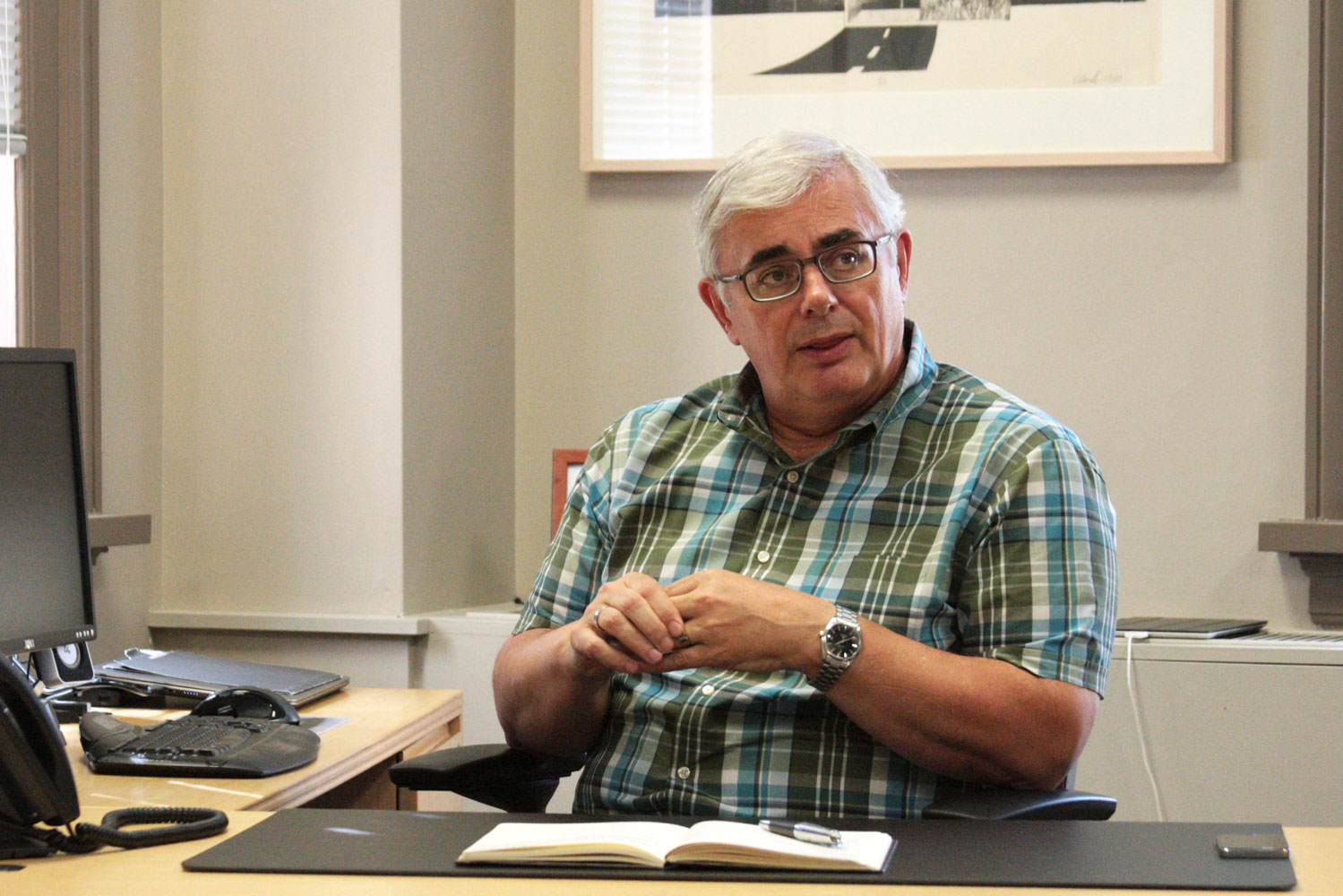The National Centre for Truth and Reconciliation (NCTR) held its grand opening on the University of Manitoba’s Fort Garry campus last week.
The NCTR was envisioned and developed as a permanent home for the materials gathered as part of the Truth and Reconciliation Commission of Canada’s (TRC) mandate to chronicle the stories of residential school survivors. Now that the NCTR is open, its contents – thousands of statements, documents, and physical artifacts chronicling the history of Canada’s residential schools and the experiences of its survivors – will be available to the public.
The University of Manitoba was selected by the TRC to house the centre and signed an agreement on June 21, 2013, which was National Aboriginal Day.
The grand opening included a number of events over two days.
The launch began Tuesday with the lighting of a sacred fire, followed by opening remarks. It featured numerous speakers and dignitaries including chair of the TRC, Hon. Justice Murray Sinclair, TRC commissioner Marie Wilson, former Assembly of First Nations national chief Phil Fontaine, University of Manitoba president David Barnard, Winnipeg author, journalist and First Nations advocate Wab Kinew, and Derek Nepinak, Grand Chief of the Assembly of Manitoba Chiefs.
On Wednesday, the NCTR Archive was officially launched, giving the public access to thousands of documents online. Roughly 2,000 students and teachers from across the province participated in a variety of workshops at the Convention Centre that same day.
NCTR director Ry Moran spoke to the Manitoban about the historic opening of the centre.
“The opening marks yet another step in a very long series of steps that we’ve been taking as a country to try to come to terms with this history,” said Moran. “The opening of the centre marks the establishment of the first permanent body that will be continuing work on this legacy of residential schools. All of the other processes […] were time-limited and of short duration. And now this process is going to be around forever, and it is meant to be a permanent and lasting repository for all this information. That means we will never be able to forget what it went through and what it did.”
“The opening of the centre also marks the first time that the Canadian public has access to as much information on the residential school history as it does, which is incredibly exciting.”
The centre has reading rooms and quiet spaces, which Moran said people can use to study or work. He encouraged students, faculty, and the broader community – specifically survivors and their families – to come visit the centre.
“This is a new public institution that has been created in the launch of this centre,” said Moran. “And that means that we’re here to serve the public. I mean, it’s our job to make this collection as accessible as possible, to get it into the hands of Canadians.”
“I encourage every single person out there to look at that information, learn from it, listen to the survivors. Those survivors that got up in front of rooms of people and poured their soul out were doing that for the benefit of all of us. They were putting themselves on the line so that we could listen to them and so that we could hear them, and so that we could better understand what they went through, and that is so fundamentally important. And we need to listen to their stories – we need to hear those stories in order to understand who we are as a country and who we have been as people in this country.”
To see the NCTR’s online databases check nctr.ca. Additional information can be found at umanitoba.ca/nctr





